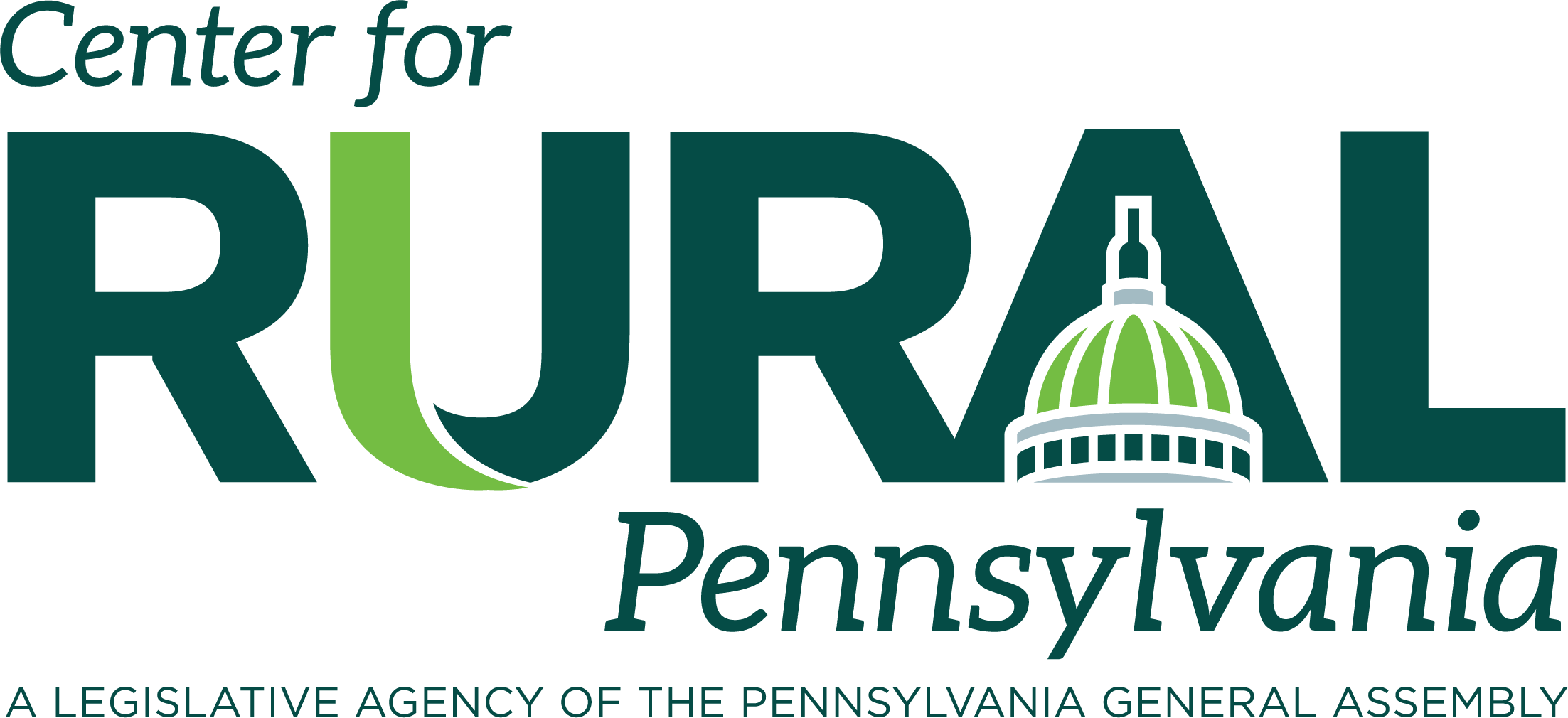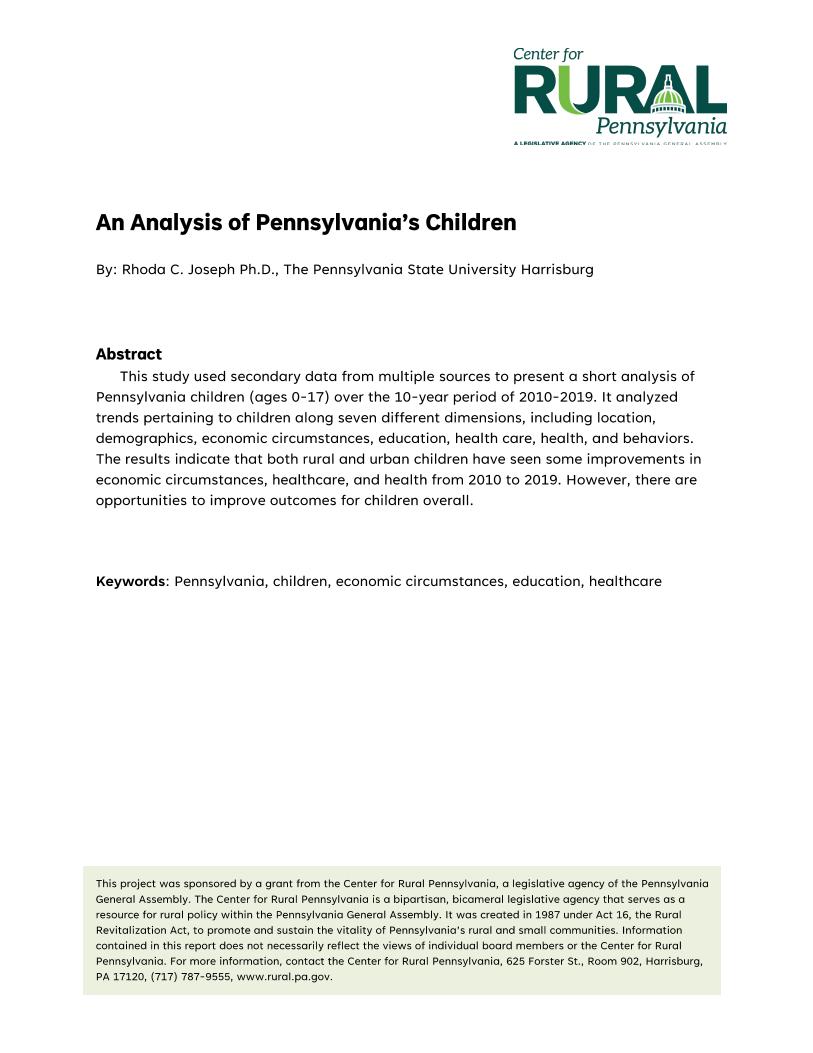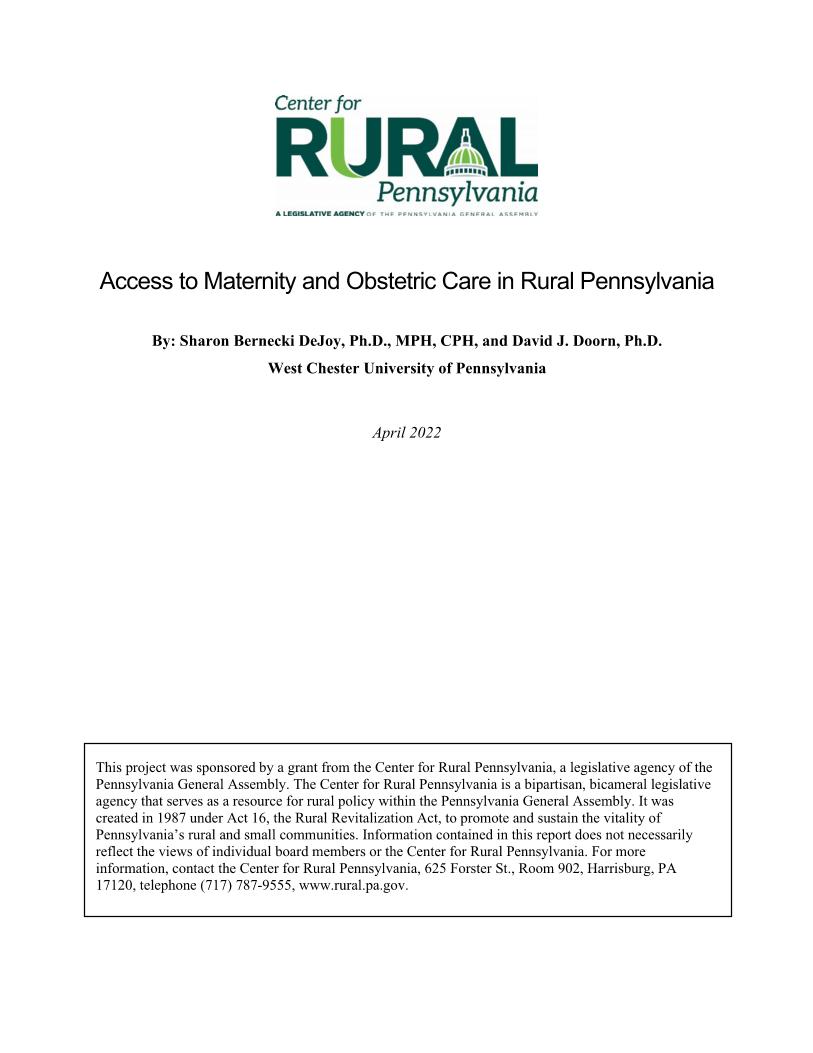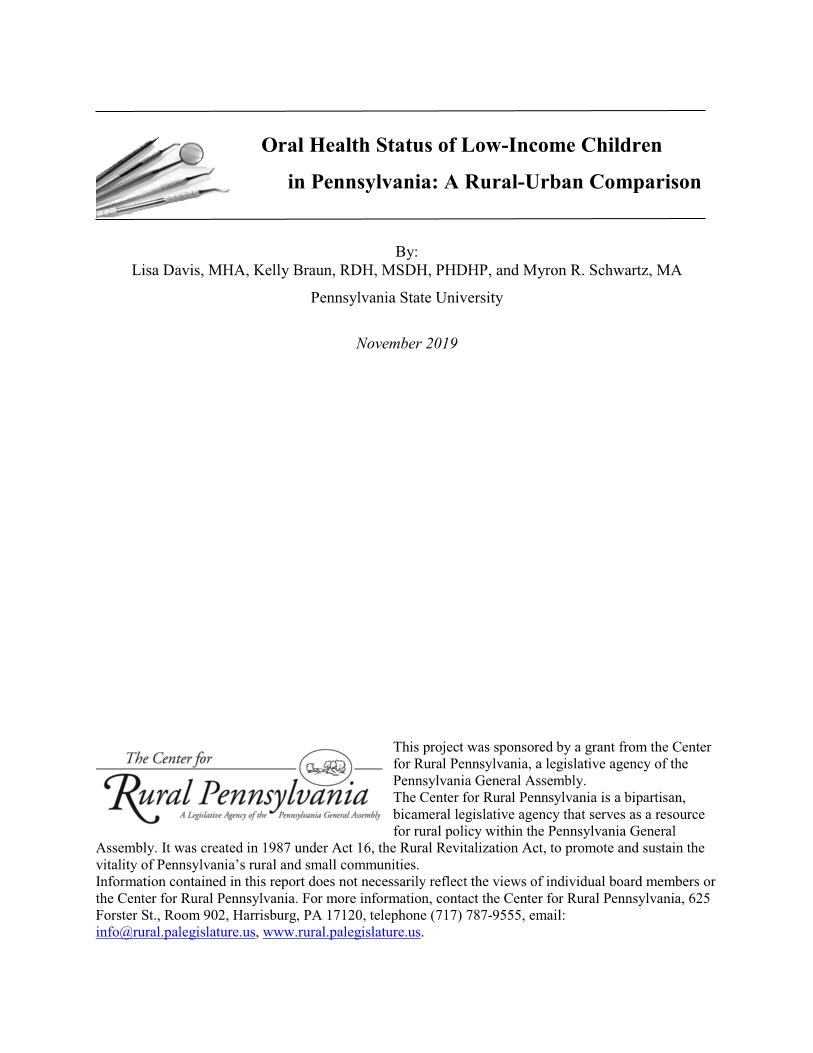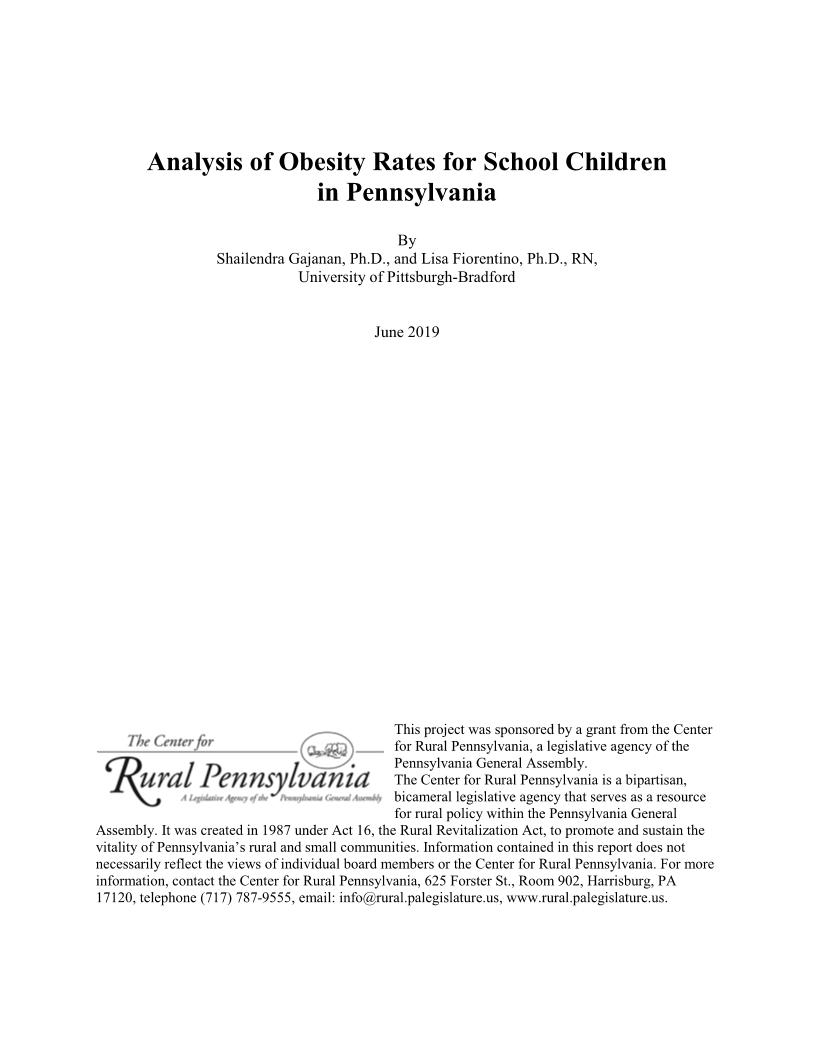Research Reports
Filtering by Tags: children Clear All
2022
An Analysis of Pennsylvania's Children
November 22, 2022 | Rural People and Communities
This study used secondary data from multiple sources to present a short analysis of Pennsylvania children (ages 0-17) over the 10-year period of 2010-2019. It analyzed trends pertaining to children along seven different dimensions, including location, demographics, economic circumstances, education, health care, health, and behaviors. The results indicate that both rural and urban children have seen some improvements in economic circumstances, healthcare, and health from 2010 to 2019. However, there are opportunities to improve outcomes for children overall.
Tags: education , health care , children , economic
Access to Maternity and Obstetric Care in Rural Pennsylvania
April 22, 2022 | Health Care and Human Services
This study examined access to maternity care in rural Pennsylvania. Maternity care (also known as obstetric care) can be defined as health care services delivered to women during pregnancy, childbirth, and the postpartum. Access to maternity care is defined as the availability of birthing facilities (hospitals or birth centers) and practitioners (physicians and midwives) providing these health services.
Executive Summary
Tags: maternity care , maternal care , children
2019
Oral Health Status of Low-Income Children in Pennsylvania: A Rural-Urban Comparison (2019)
November 20, 2019 | Health Care and Human Services
The overall goal of the research study was to develop recommendations for public policy to improve the oral health status of low-income children residing in rural Pennsylvania. Specifically, the research, conducted in 2018-2019, analyzed: (1) the oral health component of the Medical Assistance (MA) program for children in Pennsylvania, (2) the Children's Health Insurance Program (CHIP), (3) a variety of additional oral health programs and services, (4) the school oral health program, (5) the supply and geographic distribution of dentists in Pennsylvania, and (6) the overall oral health care delivery system for low-income children in rural Pennslyvania.
Executive Summary
Tags: low-income , children , oral health
Analysis of Obesity Rates for School Children n Pennsylvania (2019)
June 19, 2019 | Health Care and Human Services
The U.S. Department of Health considers about one-third of children and adolescents aged 6 to 19 to be overweight or obese. In particular, the Pennsylvania Department of Health defines childhood obesity for persons aged 2-19 years as a Body Mass Index (BMI) at or above the 95th percentile. The BMI-for-age is a useful measure because it allows one to compare obesity rates of similar cohorts across different states, or across different counties in a particular state. Previous research conducted by the Center for Rural Pennsylvania (2005) indicated that rural areas have higher obesity rates. From an economic standpoint, there are private and social costs associated with obesity. Crucial private costs of obesity are lower productivity, income inequality, and higher healthcare costs. Research in nutrition economics and health economics found that childhood obesity has a negative impact on academic performance and leads to lower self-esteem, and exposes students to bullying and hidden bias among peers and teachers.
Executive Summary
Tags: children , obesity
Introducing the Center's new journal, Rural Policy: The Research Bulletin of the Center for Rural Pennsylvania.
